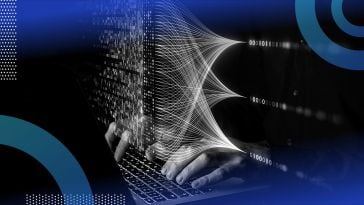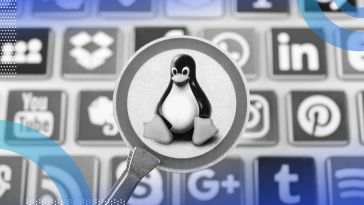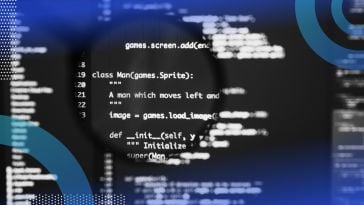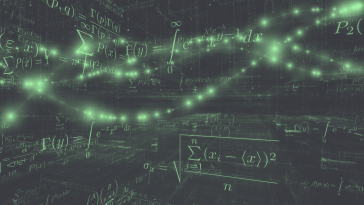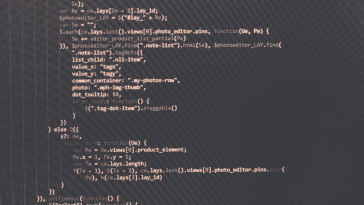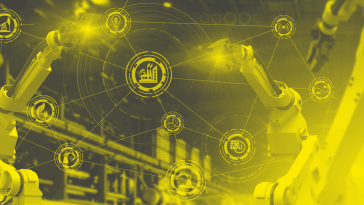Sort By
Most Recent
14 Articles
Because of its its fast convergence and robustness across problems, the Adam optimization algorithm is the default algorithm used for deep learning. Our expert explains how it works.
Bookmark this cheat sheet. It contains all the information you’ll need on DataFrame functionality.
Setting environment variables in Linux is a process with a wide range of applications for data scientists, machine learning engineers and programmers. This guide will help you get started with the process.
Confidence intervals are always a headache to explain to other data scientists, let alone to a person without a background in statistics. So let’s try to do it ... without the jargon.
Parallelism and concurrency aren’t the same things. In some cases, concurrency is much more powerful. Here is a guide to help you make the most of concurrency with Asyncio.
Get the most out of your machine with these techniques.
ROC curves are one of the most common evaluation metrics for checking a classification model’s performance. This guide will help you to truly understand how ROC curves and AUC work together.
Also called magic methods, dunder methods are necessary to understand Python. Here’s a guide to getting started with them.
Think ahead to production so that you don’t let your machine learning project collapse before it even gets started.
Data science requires a range of sophisticated technical skills. Don’t let that expertise get in the way of critical thinking, though, or you could end up doing more harm than good for your business partners.
Breaking into data science can be tough. Here are five tips to help you begin your journey.
Focus on new opportunities, be ready to say no to meetings, and document fiercely.

